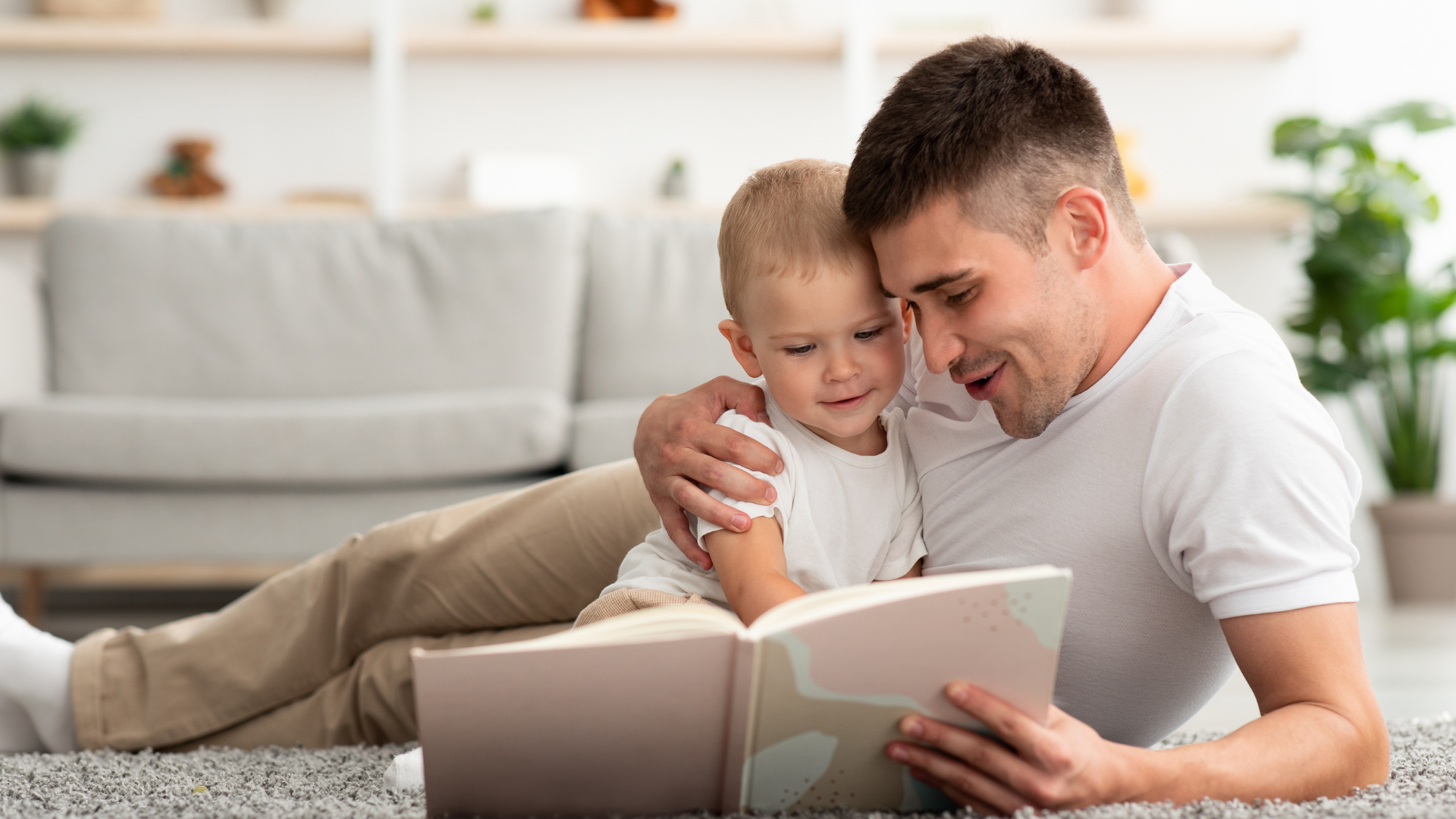Life Is Variable!

Has life ever handed you a fixed timeline? Is each day, each week, each month, each year always the same? Most would say No. How often has life presented you with challenging changes? Often enough to say that life varies from time to time. Take for example Covid-19 in March 2020 and the years that followed, we all had to adjust and make changes.
Because life is variable, your mortgage should be too!
If you’ve gotten this far but don’t want to or feel the need to continue reading, honestly, there is no need. The following 1,036 words are summarized by the title of this article, 3 simple words to live by.
The Bank of Canada’s next rate announcement comes *June 1st. We are expecting to see an increase in prime of ~0.50% (or 50 basis points). Having said that, we really don’t know what is going to happen until it happens. Sometimes there is a clear indication by the economists of the rate increase, but half the time there are different messages across the board.
*Remaining Bank of Canada rate announcement scheduled for 2022
- June 1
- July 13
- September 7
- October 26
- December 7
The schedule works out to 8 times a year, approximately every 45 days.
What does an increase 0.50% really mean? What does it mean to you? If the interest rate rises 0.50% your payment will increase $26/month for every $100,000 you have borrowed. How will this impact your life? Your budget? Your cashflow?
Fixed vs Variable, it’s always been a hot topic and will remain for the foreseeable future. For the past 2 years 70% of all mortgage consumers have opted for the lowest interest rate which is a variable rate mortgage product. This provides lower monthly payment and increased mortgage flexibility. Most lenders are shocked that borrowers are opting to live a variable life, not fixed.
This is where the thought process sometimes shifts, and borrowers start thinking about what rate they could have had versus what we will end up with. Electing to choose a variable over a fixed mortgage was only half the decision. By opting for a variable rate mortgage, you will not be part of the overwhelming statistic that 65% of all fixed rate mortgage will be terminated within the first 33 months. The termination will then trigger a penalty that is 9 times greater than variable. 2 of 3 people/families is not a small consideration. Any savings that may have been created has been completely obliterated by the penalty be charged. I recently had a client that had to opt out of their $500,000 fixed mortgage, the penalty triggered was $21,000. Had it been a variable they would have saved over $18,000.
It's never ONLY about the interest rate. There is a much bigger picture to consider.
Most mortgage consumers either opt for a fixed or variable rate mortgage (VRM) product. Some of you might not know, there is a third type of mortgage known as adjustable-rate mortgage (ARM). It usually gets referred to as variable, but it’s not.
ARM – The payments are automatically adjusted according to the prime lending rate set by the lender. For these lenders, you simply must ride the wave. The great benefit is you do not need to worry about not covering the interest payment.
VRM – The payment is static, like a fixed payment. Any adjustments are made manually. This mortgage product is great because you will not see the payments change when the prime lending increases. However, in a fast-rising rate environment where prime is increasing the consumer needs to make sure interest is being covered with each payment, this is called trigger rate. If surpassed, a variable rate borrower needs to increase their payment to be 100% sure the interest each month is covered.
If you are unsure which of the above mortgage product you have, please contact me for verification.
Most lenders and mortgages brokers did not expect this rate environment, no one forecasted inflation to skyrocket like it has, primarily because of the supply chain issues and the war in Ukraine. There has been some re-assurance from the Bank of Canada (BoC) to provide some comfortable for VRM and ARM consumers. The BoC has stated that the outer maximum range for PRIME is 5.25%. This is a mark they have modelled to control inflation. Remember, your variable rate will maintain the discount off PRIME for the entire duration of the term. If PRIME gets to 5.25% and your discount is 1.0%, your principal and interest payment is based on 4.25%.
My variable rate mortgages will remain as variable rate, I will NOT be switching to a fixed term. Not because of the rate, but more likely because I will need to re-finance my mortgage to act on an opportunity. Real estate is a long game with ups and downs, we’ve all gotten too used to low rates. Let’s not forget the 25 yr average is 5%+. By locking in, you would be self-imposing a rate increase that may not even happen and locking pricing profits for the lender. Once inflation is under control, the PRIME lending rate will decrease.
It's ultimately a decision you must make, risk and reward or risk falling into the fixed penalty trap. I strongly urge you to consider sticking with your variable mortgage or if you are transitioning to a new mortgage consider variable over fixed.
Please reach out to me if you want to discuss further – 604-616-2266 or michael@hallettmortgage.com.
Will higher rates slow or cool down the market? Yes, but not for long.
I’ve seen some recent reports and posts that the housing prices coming down. This means the housing market is cool off, which is greater for buyers. I know there are a lot of people trying to time the bottom of the market. In my opinion, trying to time the market is virtually impossible. Many others are trying the same tactic. Once the ‘bottom’ strikes everybody will jump back in at the same time and we will once again be back to multiple offers over the asking price.
If you are ready to buy, then buy!
I believe the increase in interest rates will (briefly) stall the market in BC, but not drastically change the pricing. The root of the problem is supply and demand. There are simply not enough sellers in the market. If there are sellers, they all want to buy before placing their home on the market, which is understandable. It’s a vicious cycle. I do believe the issue are the cities inability to process building permits in a timely manner. I appreciate the process of checks and balances but there is simply not enough turnover. Now the builders are also dealing with supply chain issues which further stalls homes coming to the market.
If you have any further questions, please do not hesitate to contact me.
SHARE









































































































